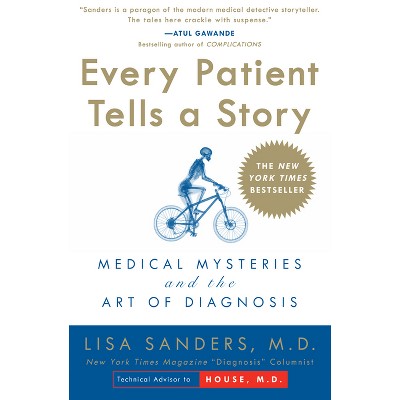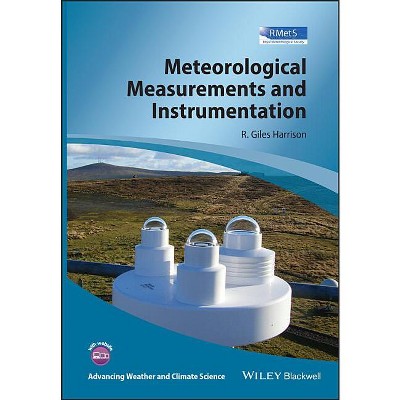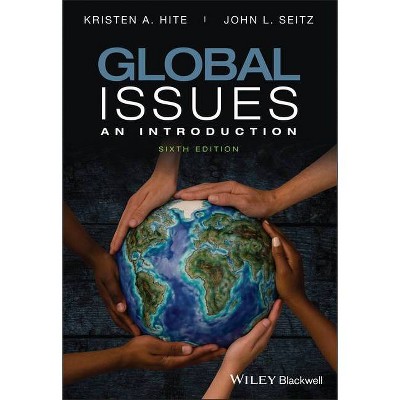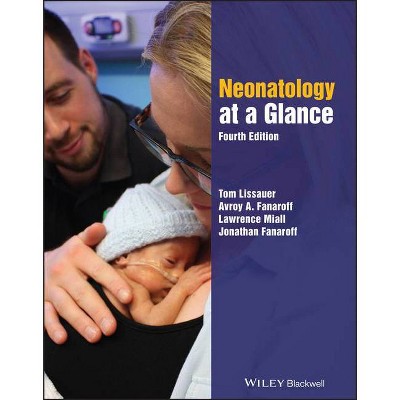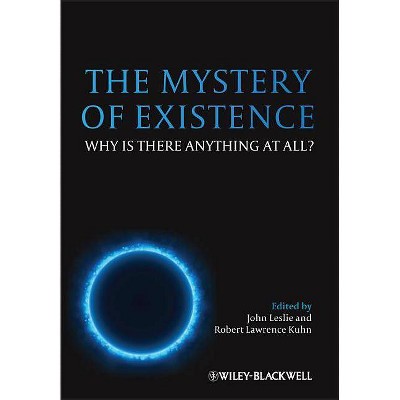Sponsored

Reconstructing Earth's Climate History - 2nd Edition by Kristen St John & R Mark Leckie & Kate Pound & Megan Jones & Lawrence Krissek (Paperback)
In Stock
Sponsored
About this item
Highlights
- Reconstructing Earth's Climate History There has never been a more critical time for students to understand the record of Earth's climate history, as well as the relevance of that history to understanding Earth's present and likely future climate.
- About the Author: About the Authors Dr Kristen St. John is a Professor of Geology at James Madison University.
- 560 Pages
- Science, Earth Sciences
Description
About the Book
"Think about how we know about past events in human history (e.g., the expansion of the Roman Empire, or the American Revolution). What types of records document those events? Now think about Earth's history, specifically the past environmental or climatic conditions at times before recorded human history. What records might there be of such conditions? Make a list of your ideas. n assemblage of five major types of natural archives of Earth's environmental and climatic history. What common feature(s) do each of these paleoclimate archives share? an assemblage of 5 major types of natural records, or archives, of Earth's environmental and climatic history. Just like a diary or other historical document, the layers in these natural archives contain indirect evidence (i.e., proxies) about past conditions and events, recorded in a sequential order. The evidence is specific to a certain time period and may be general or very detailed, depending on the rate that information was recorded. The faster the rate at which the recorder grew (trees and corals), accumulated (snow and ice), or was deposited (sedimentary sequences), the more detailed the record is, and the higher its resolution. For example, a record in which an annual signal can observed has a very high resolution. In contrast, if the finest observable details are on the order of a million years, then that record would have a low resolution"--Book Synopsis
Reconstructing Earth's Climate HistoryThere has never been a more critical time for students to understand the record of Earth's climate history, as well as the relevance of that history to understanding Earth's present and likely future climate. There also has never been a more critical time for students, as well as the public-at-large, to understand how we know, as much as what we know, in science. This book addresses these needs by placing you, the student, at the center of learning. In this book, you will actively use inquiry-based explorations of authentic scientific data to develop skills that are essential in all disciplines: making observations, developing and testing hypotheses, reaching conclusions based on the available data, recognizing and acknowledging uncertainty in scientific data and scientific conclusions, and communicating your results to others.
The context for understanding global climate change today lies in the records of Earth's past, as preserved in archives such as sediments and sedimentary rocks on land and on the seafloor, as well as glacial ice, corals, speleothems, and tree rings. These archives have been studied for decades by geoscientists and paleoclimatologists. Much like detectives, these researchers work to reconstruct what happened in the past, as well as when and how it happened, based on the often-incomplete and indirect records of those events preserved in these archives. This book uses guided-inquiry to build your knowledge of foundational concepts needed to interpret such archives. Foundational concepts include: interpreting the environmental meaning of sediment composition, determining ages of geologic materials and events (supported by a new section on radiometric dating), and understanding the role of CO2 in Earth's climate system, among others. Next, this book provides the opportunity for you to apply your foundational knowledge to a collection of paleoclimate case studies. The case studies consider: long-term climate trends, climate cycles, major and/or abrupt episodes of global climate change, and polar paleoclimates. New sections on sea level change in the past and future, climate change and life, and climate change and civilization expand the book's examination of the causes and effects of Earth's climate history.
In using this book, we hope you gain new knowledge, new skills, and greater confidence in making sense of the causes and consequences of climate change. Our goal is that science becomes more accessible to you. Enjoy the challenge and the reward of working with scientific data and results!
Reconstructing Earth's Climate History, Second Edition, is an essential purchase for geoscience students at a variety of levels studying paleoclimatology, paleoceanography, oceanography, historical geology, global change, Quaternary science and Earth-system science.
From the Back Cover
There has never been a more critical time for students to understand the record of Earth's climate history, as well as the relevance of that history to understanding Earth's present and likely future climate. There also has never been a more critical time for students, as well as the public-at-large, to understand how we know, as much as what we know, in science. This book addresses these needs by placing you, the student, at the center of learning. In this book, you will actively use inquiry-based explorations of authentic scientific data to develop skills that are essential in all disciplines: making observations, developing and testing hypotheses, reaching conclusions based on the available data, recognizing and acknowledging uncertainty in scientific data and scientific conclusions, and communicating your results to others.
The context for understanding global climate change today lies in the records of Earth's past, as preserved in archives such as sediments and sedimentary rocks on land and on the seafloor, as well as glacial ice, corals, speleothems, and tree rings. These archives have been studied for decades by geoscientists and paleoclimatologists. Much like detectives, these researchers work to reconstruct what happened in the past, as well as when and how it happened, based on the often-incomplete and indirect records of those events preserved in these archives. This book uses guided-inquiry to build your knowledge of foundational concepts needed to interpret such archives. Foundational concepts include: interpreting the environmental meaning of sediment composition, determining ages of geologic materials and events (supported by a new section on radiometric dating), and understanding the role of CO2 in Earth's climate system, among others. Next, this book provides the opportunity for you to apply your foundational knowledge to a collection of paleoclimate case studies. The case studies consider: long-term climate trends, climate cycles, major and/or abrupt episodes of global climate change, and polar paleoclimates. New sections on sea level change in the past and future, climate change and life, and climate change and civilization expand the book's examination of the causes and effects of Earth's climate history.
In using this book, we hope you gain new knowledge, new skills, and greater confidence in making sense of the causes and consequences of climate change. Our goal is that science becomes more accessible to you. Enjoy the challenge and the reward of working with scientific data and results!
Reconstructing Earth's Climate History, Second Edition, is an essential purchase for geoscience students at a variety of levels studying paleoclimatology, paleoceanography, oceanography, historical geology, global change, Quaternary science and Earth-system science.
About the Author
About the Authors
Dr Kristen St. John is a Professor of Geology at James Madison University.
Dr R. Mark Leckie is a Professor of Geology at the University of Massachusetts-Amherst.
Dr Kate Pound is a Professor of Geology and a member of the Science Education Group at St. Cloud State University.
Dr Megan Jones is a Professor of Geology at North Hennepin Community College.
Dr Lawrence Krissek is a Professor Emeritus in the School of Earth Sciences, Ohio State University.
Shipping details
Return details
Frequently bought together
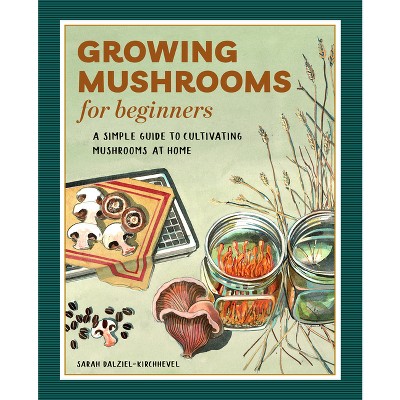

Trending Non-Fiction









